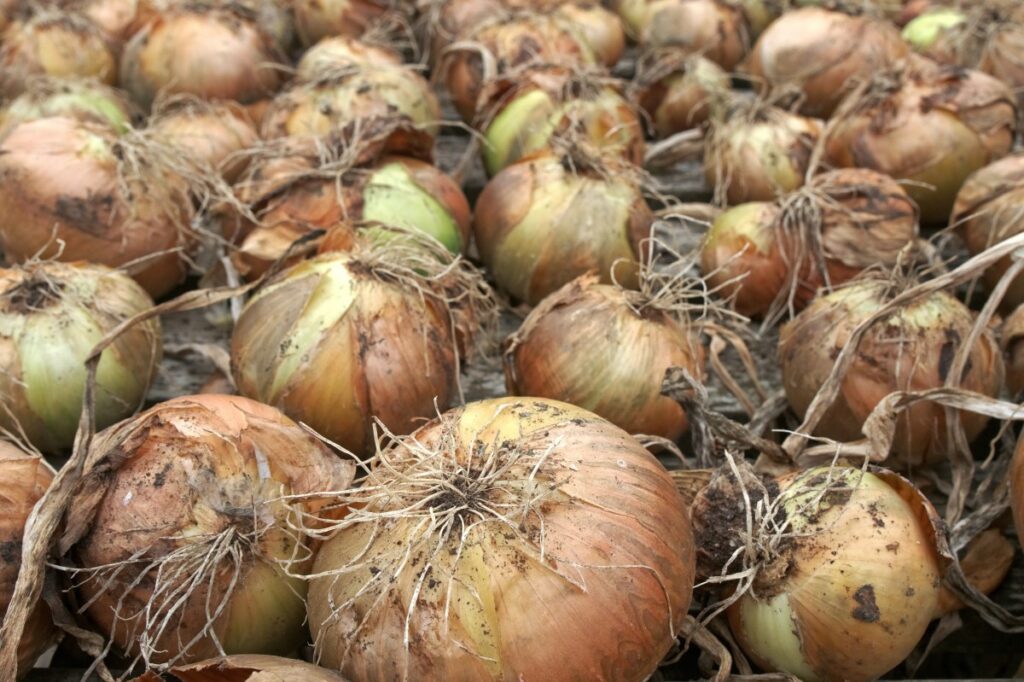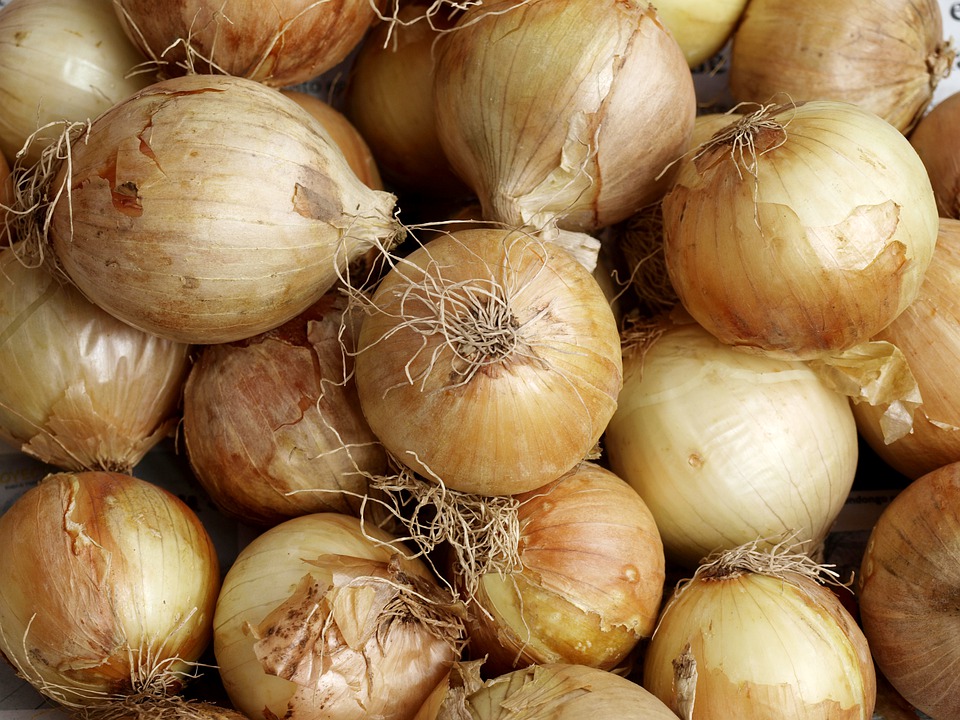The onion is a very important crop for Mexico and Latin America. According to the FAO, in 2018, just over 102 million tons of onion were produced in the world (the production leader is China with 24, 99,576 tons) of which, about 10%, 10,034,889 tons, were produced in America and just over 6%, 6,750,469 tons, were contributed by Latin America. Hence the importance of cultivation both in Mexico and in Central and South America.
Cultivation presents great challenges; saline soils, low soil productivity, climatic problems, since it is an open-air crop, pests and diseases. On the subject of diseases, there are several pathogenic agents that cause important diseases, one of these diseases, with great power of devastation, is the commonly called pink root of the onion.

Pink onion root is a disease caused mainly by the attack of two phytopathogenic fungi: Phoma terrestris (=Pyrenochaeta terrestris) and some species of Fusarium spp., (F. oxysporum, F. proliferatum, F. verticillioides, F. subglutinans and F. culmorum), the species of Fusarium will depend on the cultivation area. Pathogens, jointly or separately, enter the root of the plant through wounds caused by nematodes or insect larvae and infect the plant, causing from small pink spots, to the entire root from red to Brown. In advanced damage, severe rots can be seen that damage the entire root system.
These damages caused by the disease in the root, have a consequence that is visualized in the aerial part of the plant; In leaves, a kind of stress due to lack of water can be seen, this is due to the fact that the root is not functional and the plant cannot absorb water. Nutritional deficiencies and necrosis of the tips of the leaves may also occur. In the bulb, advanced rot may occur and in the beginning, low growth of the same. All these symptoms together can cause a significant reduction in both quality and quantity of kilos harvested.
Both fungi, both Phoma terrestris and the species of Fusarium spp., have the ability to remain dormant in agricultural soil, protected in crop residues, during the cold months (winter) and become active again when temperatures are higher, causing disease. back to cultivation.
According to Wall and Corgan, 1993, in the case of Phoma terrestris, the optimum soil temperature for this pathogen to attack is 28 ºC, a situation that coincides with the growth stage of the onion bulb; as soil temperature increases, the degree of infection increases. The attack of the fungus is more severe in white onions. Short photoperiod varieties mature earlier and are less affected by this fungus compared to intermediate or long photoperiod varieties.
Management of the Pink Root.
One of the main strategies for managing pink root disease is the use of resistant varieties. However, the use of beneficial microorganisms with antibiosis activity and the application of ecological fungicides both in seed and seedling treatment and in the different phases of field cultivation, have proven to be a good strategy.

The cultural management of the crop must be taken into account as a preventive measure; avoid flooding, because these pathogens prefer soils with excess moisture, have good drainage and do not exceed irrigation when there is a history of the disease, etc.
At Fagro we have the following products that have shown excellent activity for managing the disease:
Purex Biosanitizer: Product made from Hydrogen Peroxide and Peracetic Acid. Purex Biosanitizer is an excellent broad-spectrum sanitizer with universal application. It can be used in dilution of 10mL of product in 1 liter of water for the treatment of seed and chives that are going to be transplanted. In doses of 5 to 10L/Ha via the irrigation system, it controls fungi and bacteria, allowing healthy root development. As a product of its sanitizing activity, it releases oxygen, which is vital for proper root growth in high humidity conditions. It is biodegradable and compatible with organic crops.
Biorgan SF: is a product made from spores and cells of Trichoderma harzianum and Bacillus subtillis and their metabolites. It works under the mode of action by antibiosis, it releases antibiotic substances in the rhizosphere that limit the advance and action of pathogens such as those that cause the pink root of the onion. It is a microbiological product compatible with organic management.
 AgronoBlog – Agriculture Blog
AgronoBlog – Agriculture Blog 